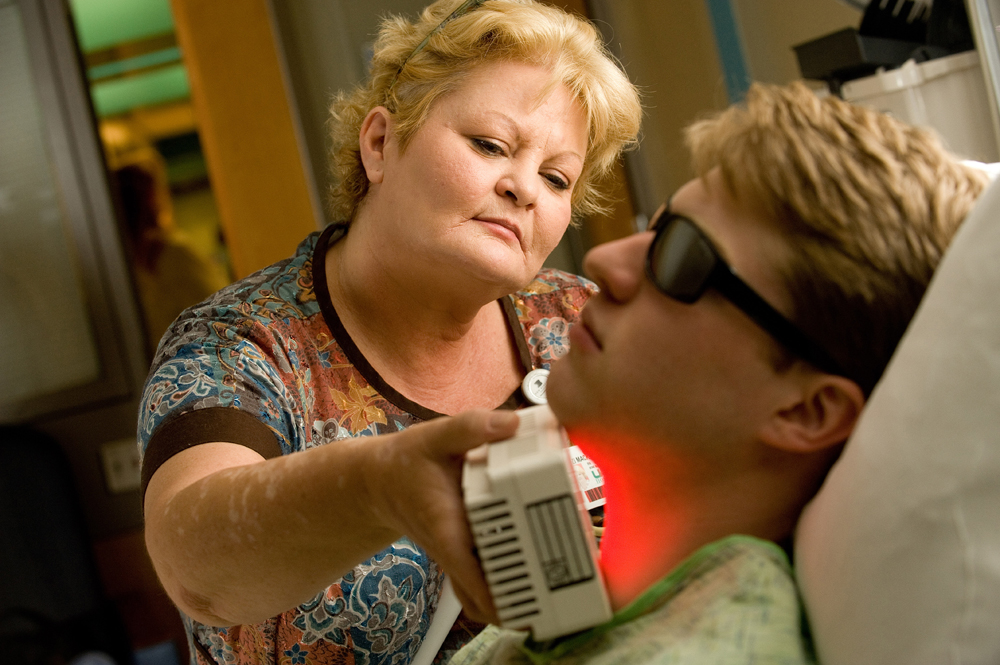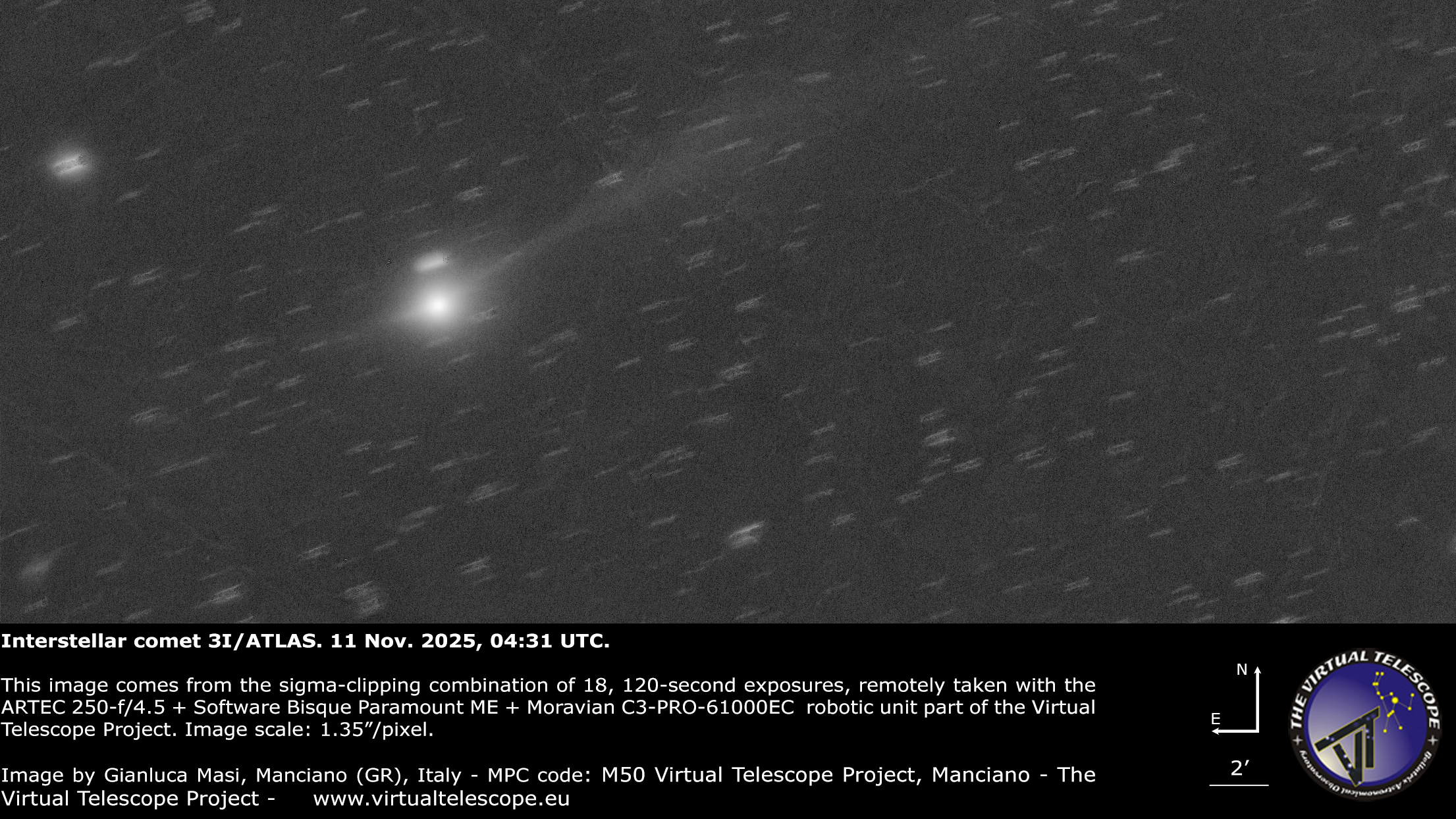NASA Space Lights Help Cancer Patients Cope

NASA technology originally developed to study plant growth in space has found a new application — helping cancer patients recover from painful treatments.
The technology — known as High Emissivity Aluminiferous Luminescent Substrate, or HEALS — generates powerful streams of red and infrared light. In a two-year clinical trial, HEALS substantially reduced the painful side effects of chemotherapy and radiation treatment in cancer patients who had undergone bone marrow or stem cell transplants, researchers said.
"Using this technology as a healing agent was phenomenal," clinical trial principal investigator Dr. Donna Salzman, of the University of Alabama at Birmingham Hospital, said in a statement. "The HEALS device was well tolerated with no adverse affects to our bone marrow and stem cell transplant patients." 10 Dos and Don'ts to Reduce Cancer Risk]
The power of light
HEALS technology incorporates light-emitting diodes (LEDs), which release energy in the form of photons. LEDs by their nature generate much less waste heat than incandescent bulbs, but HEALS intensifies this trait, maximizing LED irradiance while minimizing heat production, researchers said.
NASA and a private-sector partner had previously helped developed a plant growth chamber using HEALS with the aim of conducting space plant growth experiments on shuttle missions. But over the years, researchers began to look into medical applications for the technology as well.
The HEALS device tested in the clinical trial — known as the WARP 75 light delivery system — is about the size of a human hand. It uses 288 separate LED chips, each about the size of a grain of salt. These chips each generate light in the red and infrared range of the electromagnetic spectrum, researchers said.
Breaking space news, the latest updates on rocket launches, skywatching events and more!
In the two-year clinical trial, researchers studied how treatment with the WARP 75 device affected cancer patients undergoing bone marrow or stem cell transplants. Specifically, they looked at the ability of the WARP 75 to treat a condition called oral mucositis.
Oral mucositis — inflammation and ulceration of the mucous membranes lining the mouth and throat — is a common and painful side effects of chemotherapy and radiation treatments.
The study found that the experimental light therapy — holding the WARP 75 close to the cheeks and neck — significantly reduced pain in the patients whose cancer treatment caused the most serious oral mucositis. The device's long-wavelength light likely stimulated the damaged cells to heal themselves, researchers said.
A promising result
The WARP 75 could also provide a cost-effective therapy for some cancer patients suffering from oral mucositis, researchers said. The device is cheaper than a day's stay at the hospital, and it doesn't cause the negative side effects that some other treatments do.
The potential benefits are many. For example, patients less troubled by mouth and throat sores could eat better, leading to better nutrition and, perhaps, better morale. Patients might also require fewer drugs to treat their pain and might require less time in the hospital, minimizing the chances of infection, researchers said.
The WARP 75 device — which is currently being reviewed by the U.S. Food and Drug Administration for widespread use— is not the only example of HEALS technology helping improve people's health.
Over the years, NASA and its private-sector partners have developed HEALS for use in the medical field — specifically, to help treat pediatric brain tumors and hard-to-heal wounds such as diabetic skin ulcers and serious burns, researchers said.
"NASA is proud to be a part of the HEALS technology medical advancements that are improving the lives of cancer patients and providing new, innovative medical applications," said Helen Stinson, technical monitor for the NASA HEALS contract. "It's exciting to see the spinoffs from NASA's science and technology initiatives continually improve the quality of life for people here on Earth."
Follow SPACE.com for the latest in space science and exploration news on Twitter @Spacedotcomand on Facebook.
This story was provided to SPACE.com by MyHealthNewsDaily.

Space.com is the premier source of space exploration, innovation and astronomy news, chronicling (and celebrating) humanity's ongoing expansion across the final frontier. Originally founded in 1999, Space.com is, and always has been, the passion of writers and editors who are space fans and also trained journalists. Our current news team consists of Editor-in-Chief Tariq Malik; Editor Hanneke Weitering, Senior Space Writer Mike Wall; Senior Writer Meghan Bartels; Senior Writer Chelsea Gohd, Senior Writer Tereza Pultarova and Staff Writer Alexander Cox, focusing on e-commerce. Senior Producer Steve Spaleta oversees our space videos, with Diana Whitcroft as our Social Media Editor.

